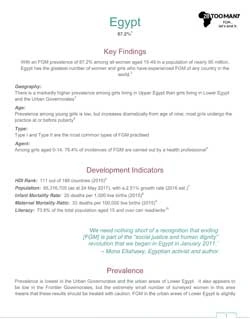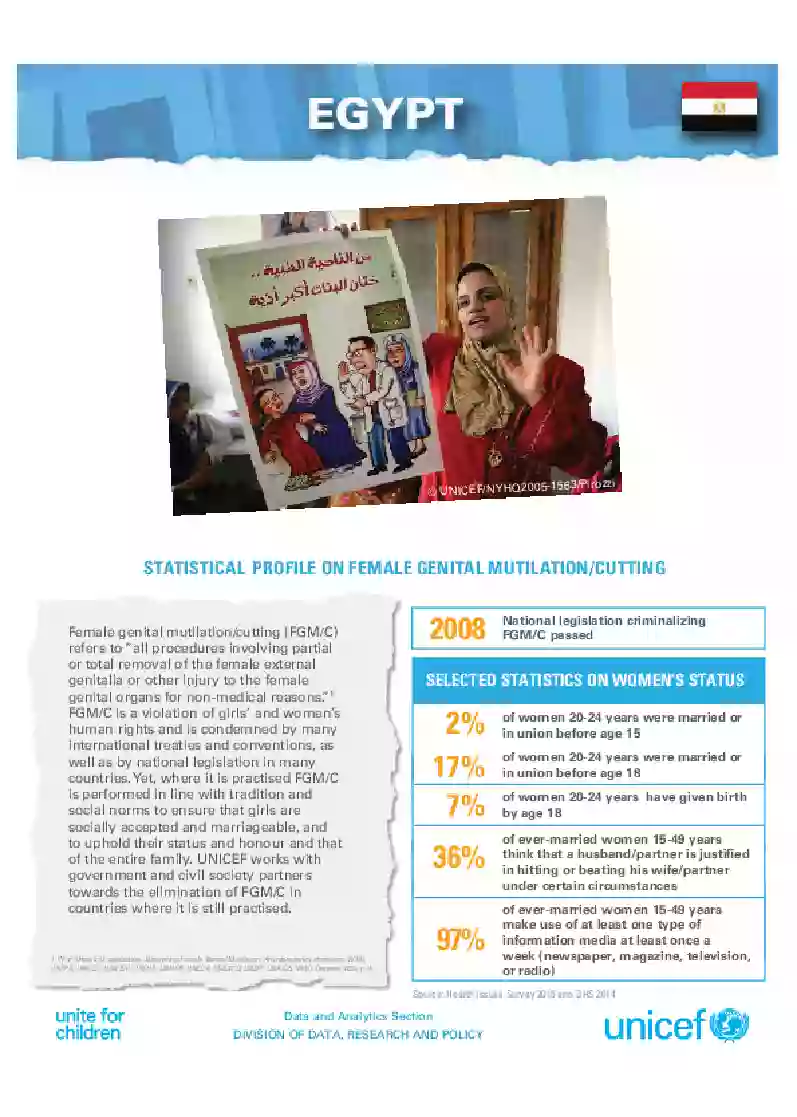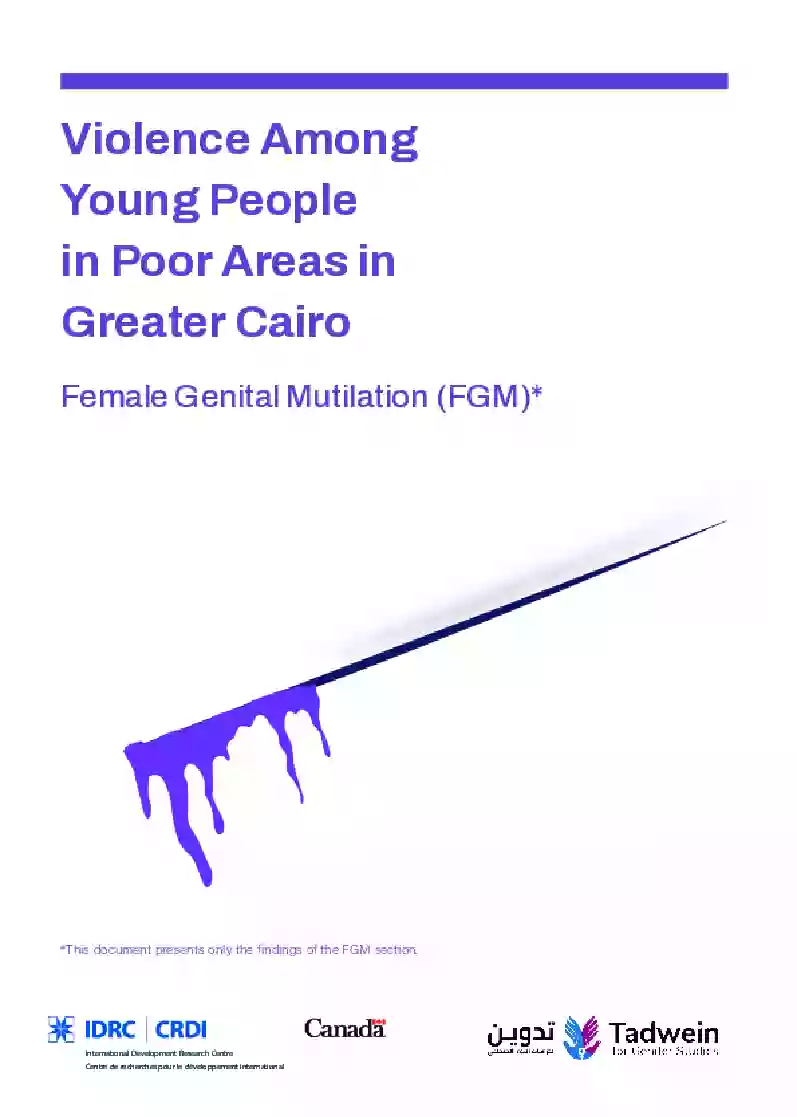Home | Research & Resources | Egypt
Key Findings
The prevalence of FGM/C in women aged 15-49 in Egypt is 87.2%.
With a population of nearly 95 million Egypt has the greatest number of women and girls who have experienced FGM/C of any country in the world.
Geography
There is a markedly higher prevalence among girls living in Upper Egypt than girls living in Lower Egypt and the Urban Governorates
Age
Prevalence among young girls is low, but increases dramatically from age of nine; most girls undergo the practice at or before puberty
Type
Type I and Type II are the most common types of FGM/C practised
Agent
Among girls aged 0-14, 78.4% of incidences of FGM/C are carried out by a health professional
Distribution of FGM/C across Egypt
Prevalence is lowest in the Urban Governorates and the urban areas of Lower Egypt. It also appears to be low in the Frontier Governorates, but the extremely small number of surveyed women in this area means that these results should be treated with caution. FGM/C in the urban areas of Lower Egypt is slightly less prevalent than in the urban areas of Upper Egypt. The majority of Egypt’s population (57.2%) lives in rural areas.
Prevalence by current place of residence may not be a telling factor, however, as a woman may have moved since undergoing FGM/C, particularly if she was cut at a young age. For this reason, it is more helpful to look at prevalence among young girls according to their place of residence. In Egypt the prevalence of FGM/C among girls aged 1-14 is 10.4% in urban areas compared with 15.9% in rural areas. There is a markedly higher prevalence among girls living in Upper Egypt than among girls living in Lower Egypt and the Urban Governorates.
94.4% of women (aged 15-49) in the lowest wealth quintile have undergone FGM/C, compared to 69.8% of women in the highest wealth quintile.
Trends in FGM/C Prevalence in Egypt
The DHS 2014 gives a prevalence of 92.3% among (ever married) women aged 15-49, and the EHIS 2015 gives a prevalence of 87.2% among all women aged 15-49. There has been little change between 2008 and 2015. A more encouraging picture is presented in a secondary analysis of the DHS data on Egyptian girls aged 0-17 between 2005 and 2014, which concludes that the total percentage of girls who had already undergone FGM/C and those who were likely to undergo FGM/C before they reached 18 years of age fell from 69% to 55% in that period. As girls are unlikely to experience FGM/C after the age of 17 in Egypt, this suggests that there will be a continued decline in the overall prevalence of FGM/C in the future.
Breaking down the most recent data by age group shows that the prevalence for women aged 45-49 is 97.1%, while for the youngest age group this has fallen to 69.6%. This further demonstrates a trend towards lower prevalences among younger women.
FGM/C Legislation in Egypt
The development of FGM/C-related law in Egypt has been a long and complex process. The main law criminalising FGM/C is set out in Article 242-bis and Article 242-bis(A) of Law No. 58 of 1937 promulgating the Penal Code (as amended by Law No. 78 of 2016). The law is not comprehensive, and there have been very few prosecutions, particularly among medical professionals who practise FGM/C in Egypt.
Development Indicators
Population Growth
95,316,705 (as at 24 May 2017), with a 2.51% growth rate (2016 est.)
Infant Mortality
20 deaths per 1,000 live births (2015)
Maternal Mortality
33 deaths per 100,000 live births (2015)
SDG Gender Index
Ranked 96 out of 144 countries with a score of 62.4% (2022)


.webp)
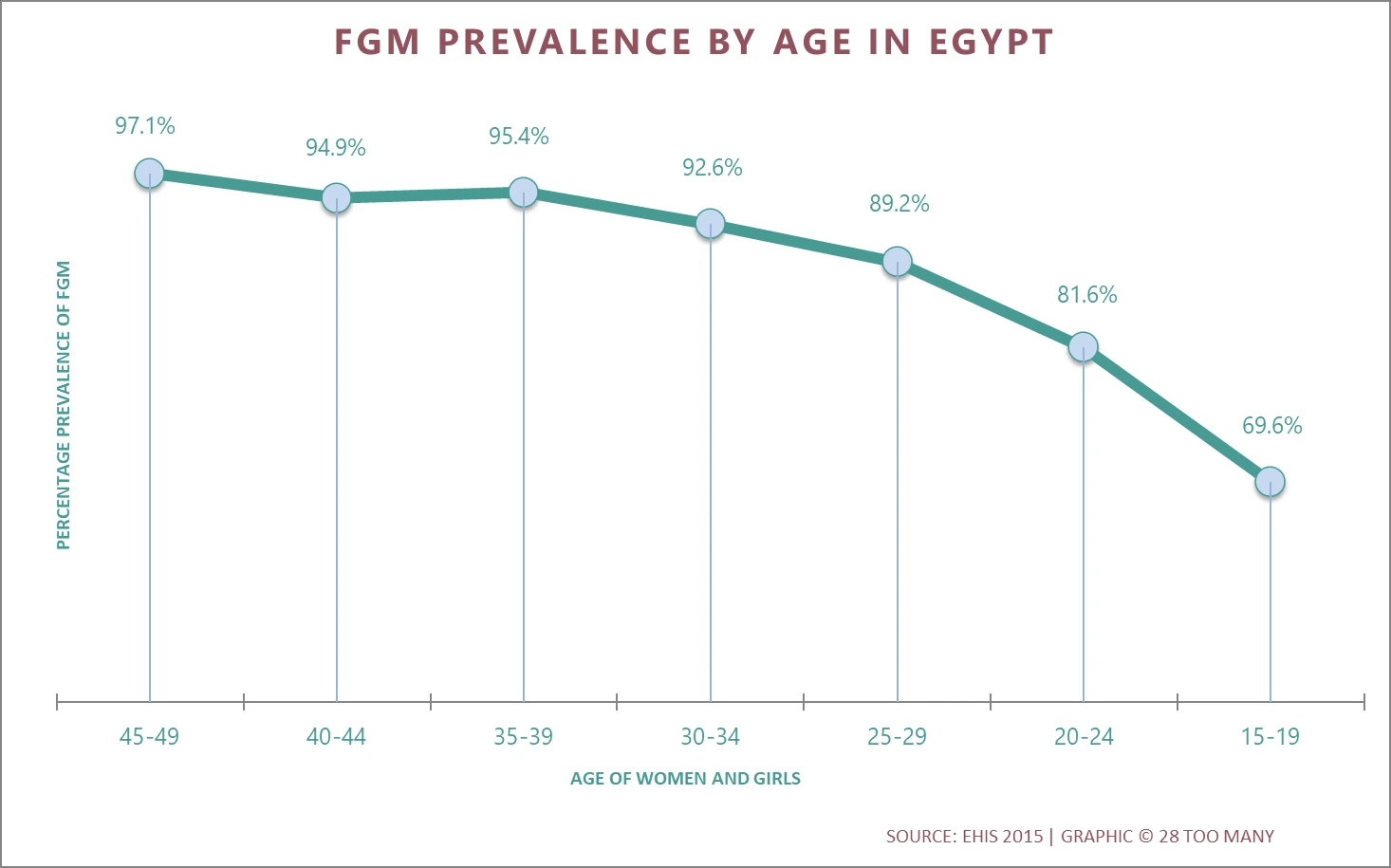
_(1).webp)
.webp)
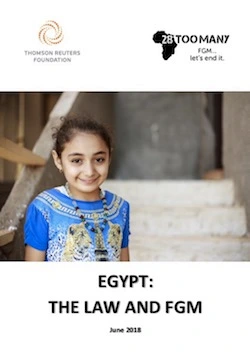
_english_(2).webp)
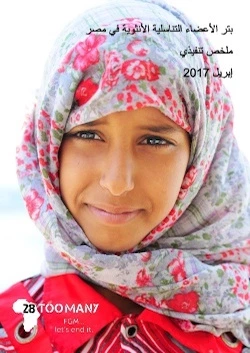
_arabic_cover.webp)
_arabic_cover.webp)
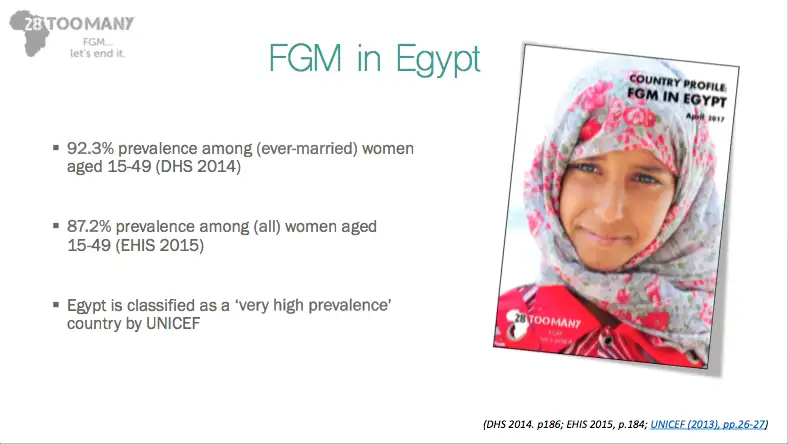
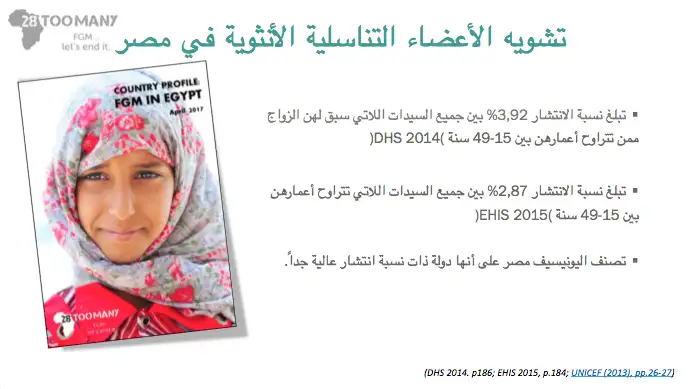
_arabic.webp)
